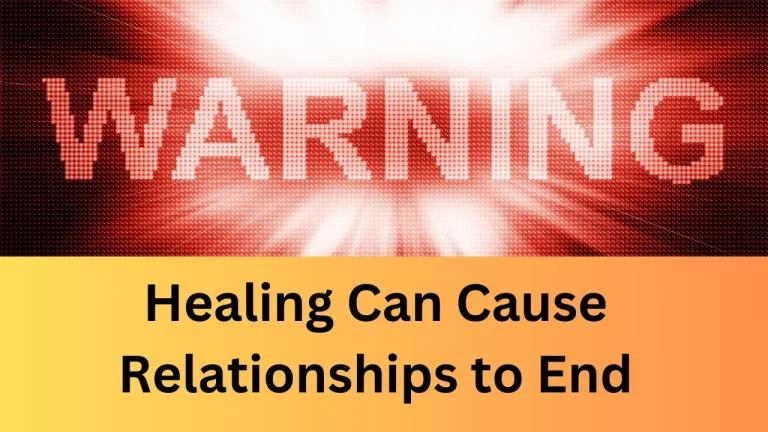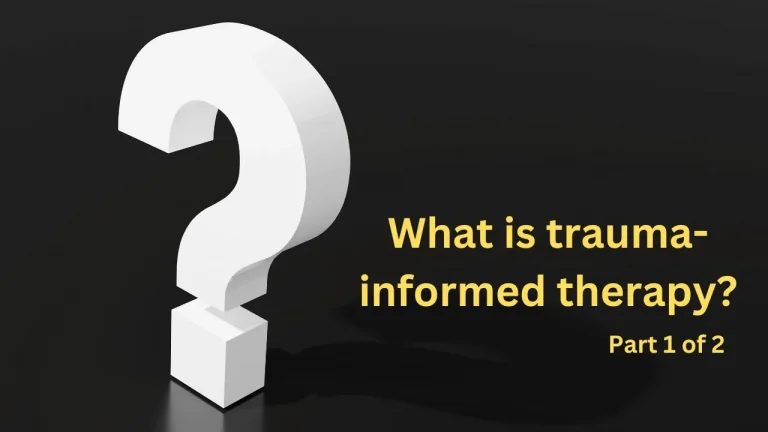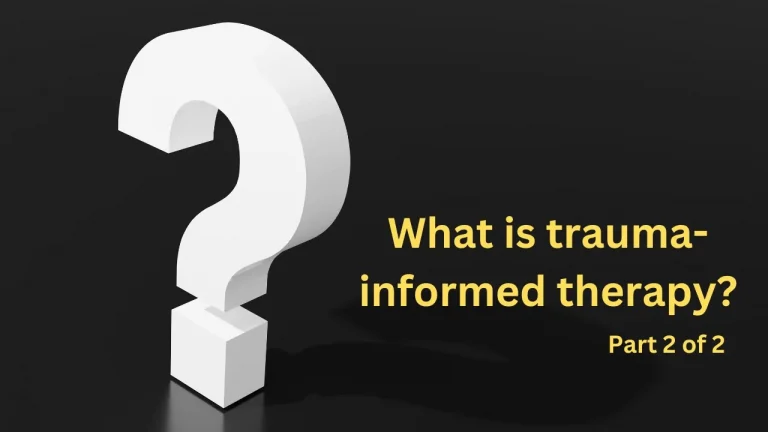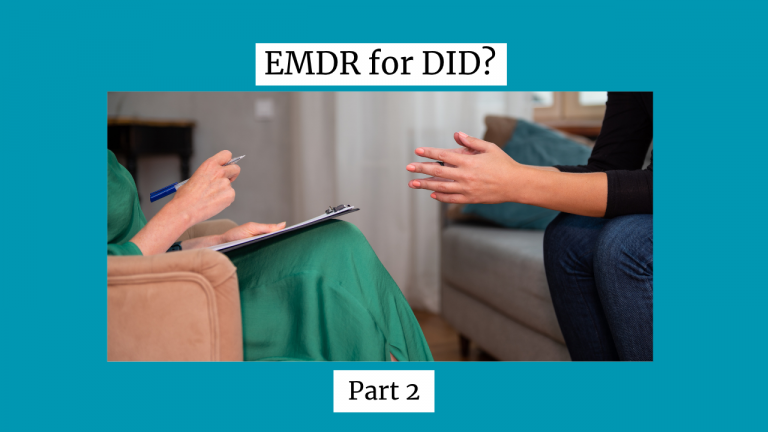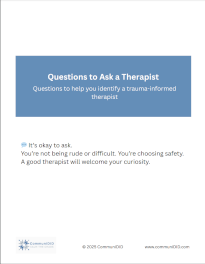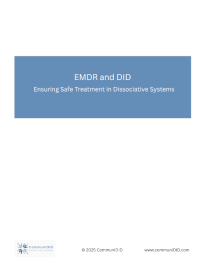Understanding what helps, what harms, and how to choose trauma-informed care.
Therapy can be one of the most powerful supports for DID and complex trauma—but it can also feel confusing, risky, or even unsafe if your therapist isn’t prepared to work with dissociation. Trauma-informed therapy looks different from traditional approaches, and knowing what to look for matters.
Here you’ll find resources to help you make sense of therapy: videos on the three phases of trauma treatment, guidance on EMDR and CPT when used with DID, and practical tips for spotting red flags in therapists. You’ll also find a free checklist of questions you can ask before starting with a new therapist. My hope is that these tools give you more clarity, reduce some of the uncertainty, and help your system take steps toward safer healing.
Videos
Not sure where to start? These in-depth videos explore common questions about therapy and DID—from why therapists often miss dissociation, to what the three phases of trauma therapy really mean, to why healing sometimes causes friction in relationships. Each one is designed to help you better understand how therapy works (and sometimes doesn’t) for people with DID.
Resources
Before committing to a new therapist, it can help to ask the right questions. This free checklist gives you practical, straightforward prompts to bring into consultations—so you can quickly tell if a therapist is trauma-informed and safe for your system.
Free guide on safe EMDR for DID & OSDD. Learn therapist red/green flags, key questions to ask, and how to protect your system in trauma therapy.
Healing with DID is never a straight line—and therapy isn’t one-size-fits-all. By learning how trauma-informed care works, what red flags to watch for, and how different approaches like EMDR or CPT may affect dissociation, you can make choices that protect your system and support real progress.
Take what’s useful here and go at your own pace. Healing is possible—and with the right therapy, your system can find the safety and support it needs to grow.


